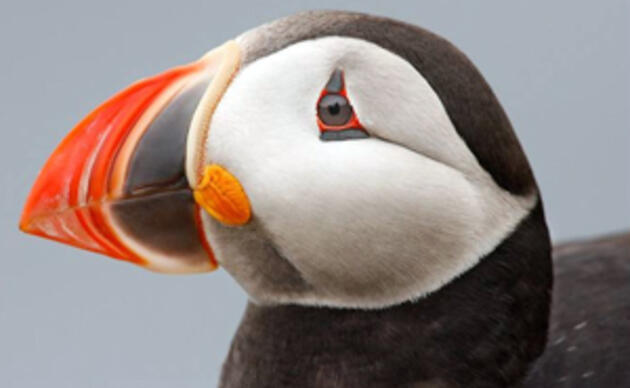Decoy FAQs

Frequently Asked Questions (FAQs)
How important is it to use audio playback equipment in combination with decoys?
Research has shown that decoys used in combination with audio recordings are more likely to result in colonization than decoys alone. For these reasons, we encourage managers to deploy one or more audio system in conjunction with decoys. Audio boxes are used in combination with decoys for diurnal species and in combination with artificial burrows for nocturnal species.
How important is it to use mirrors as part of social attraction?
Reflective mirror boxes enhance social attraction by providing a more interactive experience. Mirrors help to hold the attention of pioneering individuals at the earliest stages of colonization, so they are more likely to meet others of their species. This is especially important if there are only a few prospecting individuals visiting the recolonization site.
Do birds believe the decoys are real?
No. After greeting their decoy companion, birds do recognize that decoys are not living brethren. It is while the birds are amidst the decoys that they find suitable nesting habitat.
What is rotational molding?
Most of the Mad River Decoy by Audubon are produced using rotational molding (aka rotomolding) to create hollow, one-piece decoys. It is a high temperature, low pressure manufacturing method that uses heat and bi-axial rotation.
The process begins with filling a hollow mold with a quantity of polyethylene powder. The mold is then placed in an oven on an armature that rotates bi-axially (turns on two axes) as it is heated. The slow rotation of the mold causes the powder to always fall to the bottom and as it melts, it coats the inside of the mold. Once the proper temperature is reached and the powder is all melted, the mold is cooled while it continues to rotate. After cooling, the decoy blank is de-molded, trimmed and prepped for painting.
We make all our rotationally molded decoys in house. It takes 45 to 75 minutes per cycle of 2 to 4 decoys depending on the size and number of decoys being run.
What is injection molding?
Our Least and Black Terns are made by an injection molding manufacturer. This starts with a custom-made aluminum mold that is clamped into a specialized injection-molding machine. Pelletized polyethylene is added to the machine followed by pigment. This mixture then goes into an injection barrel where it is heated to its melting point, and then injected into the mold. Pressure is then applied to the molten material in the mold to make sure all the cavities are filled. The part is then cooled and removed from the mold.
Can I purchase unpainted decoys?
We sell all our decoys primed and painted to their base body color. We provide a paint color chart and painting directions. These have been used in schools and other educational programs. Prices are available upon request.
What if you don't make the decoy I want?
Contact us! Sometimes it’s as simple as painting an existing blank in another plumage pattern. In some cases, we can make minor modifications to a blank such as with the oystercatchers and Upland Sandpiper that both come from the Whimbrel blank. Making a new decoy from scratch requires the carving of a master and making a new mold. It’s a time consuming and labor-intensive process requiring about 3 months. A minimum order of 100 decoys is required for us to consider making a new master. Cost varies by the species.
Do you make floating decoys?
Our decoys have been made in either a standing or nesting posture. We have, on occasion, made floaters at an additional cost. We create and attach a weighted keel to each decoy. Note that the paint we use is not meant to be immersed in water for an extended time.
How long will it take to get my decoys?
Our production season runs from November through March We keep a very limited number of completed decoys in stock and if we need to make a new master, we do that in the “off season”. We try to combine small orders to make rotomolding runs more time and energy efficient and are committed to meeting your bird-imposed deadlines! We provide an estimated delivery date with a confirmed order.
How you can help, right now
Adopt-A-Puffin
Adopt now and receive a Certificate of Adoption, along with a biography of "your" puffin!
Visitor Center
The Project Puffin Visitor Center (PPVC) is located at 311 Main Street in downtown Rockland, Maine. The center opened its doors officially on July 1, 2006.



